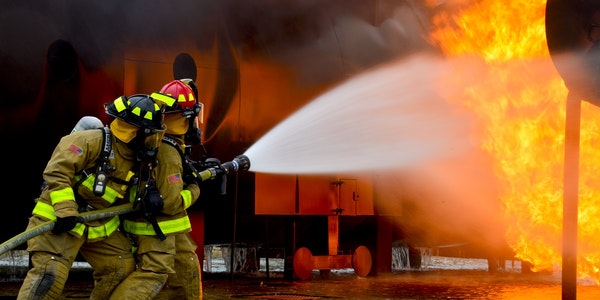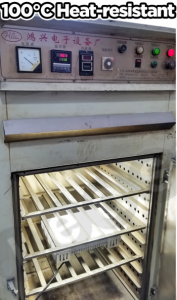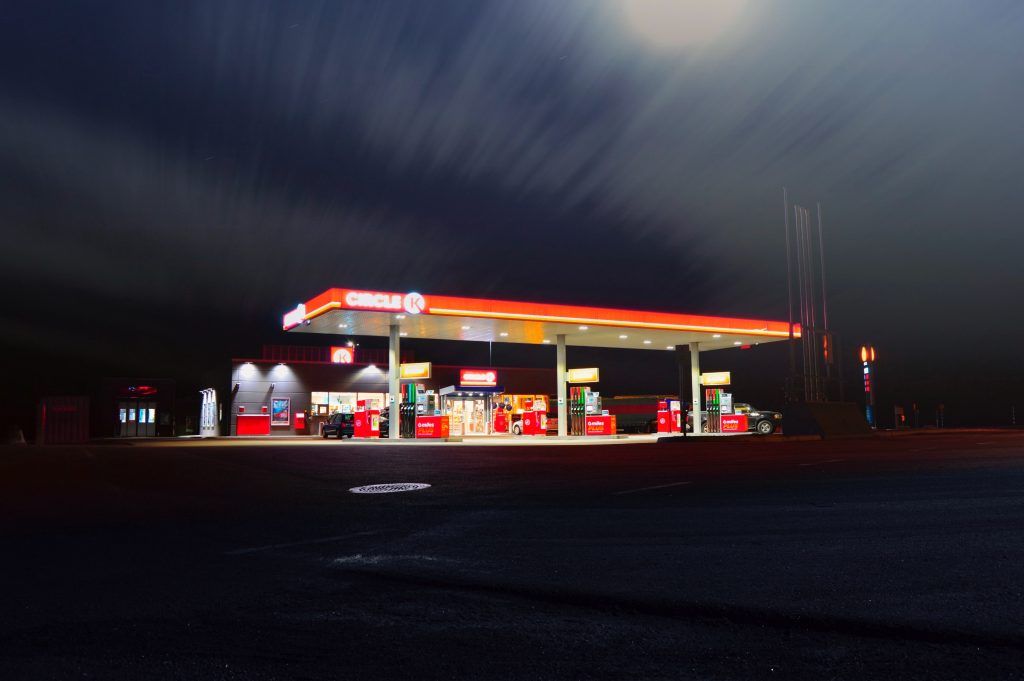The definition of Explosion-proof light
Explosion-proof lamp refers to a lamp used in dangerous places where flammable gas and dust exist, and can prevent the arc, spark and high temperature that may be generated inside the lamp from igniting the flammable gas and dust in the surrounding environment, so as to meet the requirements of explosion-proof. Also known as explosion-proof lamps, explosion-proof lighting.
Different flammable gas mixture environments have different requirements for the explosion-proof grade and explosion-proof form of the explosion-proof lamp.
Abstract
With the rapid development of petroleum, chemical, mining and other industries, lighting fixtures are used more and more widely in production, storage, and rescue, and there are more and more varieties. How to prevent accidental explosions of lighting fixtures has become a very important topic in explosive gas dangerous places. As lighting fixtures inevitably generate electric sparks or form hot surfaces during work, once they encounter explosive gas mixtures at the production or rescue site, they will cause explosion accidents and directly endanger the lives of citizens and the safety of national property. Therefore, as the most widely used lighting fixture, its explosion-proof technology has already aroused people’s general concern and high attention.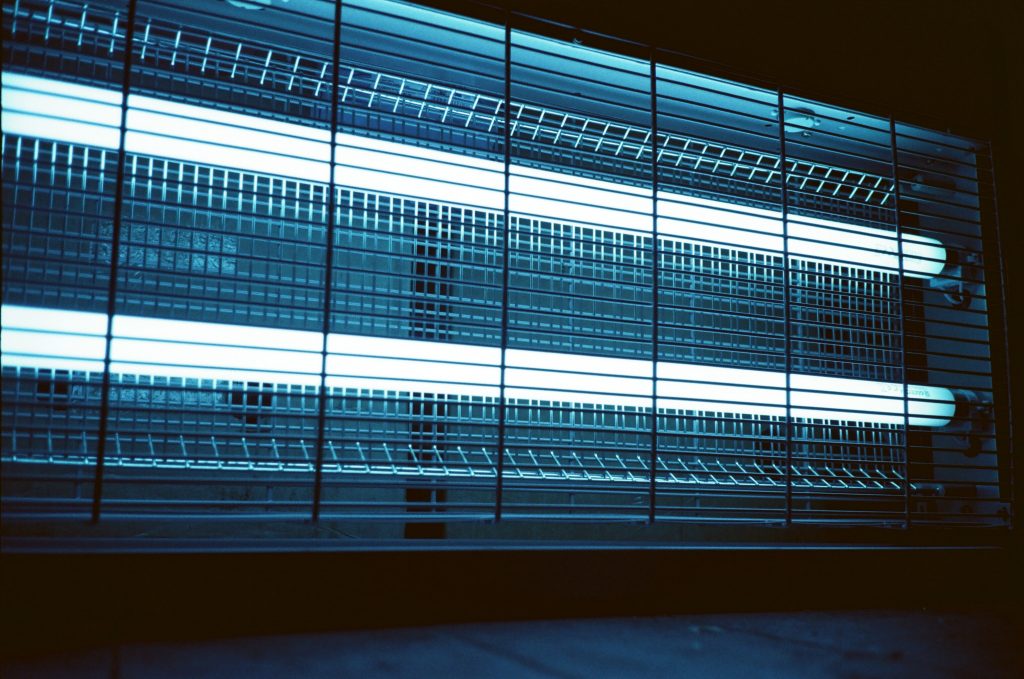
The Tachyon explosion-proof lamp adopts aluminum alloy shell, plastic spraying on the surface, and dual purpose for lighting and emergency. It is equipped with a maintenance-free nickel-cadmium battery pack, which is automatically charged under normal power supply, and the emergency lamp automatically lights up when the power is cut off or out of power. The steel pipe wiring, the emergency special lamp and the normal lighting are independent, the lighting emergency dual-purpose lamp, the normal lighting and the emergency lighting share a lamp body, and the light source is independent.
Scope of application
- Applicable to hazardous locations in zone 1 and zone 2 of explosive gas environment,
- Suitable for IIA, IIB, IIC level explosive gas environment,
- Suitable for flammable dust environment in zone 20, zone 21, zone 22,
- It is suitable for the environment where the temperature group is T1-T6.
Performance characteristics
- The Tachyon explosion-proof lamp is equipped with 1W high-power LED beads. The light source is highly efficient and energy-saving, which is more than 70% energy-saving than ordinary fluorescent lamps.
- Through the unique light distribution design, the light type and light-emitting angle of the LED light source are accurately controlled to avoid light pollution and ineffective light utilization. The light is soft, no glare, does not cause eye fatigue of the operators, and improves work efficiency.
- The shell is made of lightweight aluminum alloy die-casting, and the surface is treated with high-voltage electrostatic powder spraying.
- There is a wiring cavity inside the lamp, and there are special wiring terminals. The user can directly enter the wire during installation, and there is no need to install a junction box, which is convenient for installation.
- When replacing the lamp beads, you only need to remove the PCB board and install a new PCB.
- According to customer requirements, international famous brand LED lamp beads can be selected, with high luminous efficiency, more in line with the actual lighting environment, and saving about 70% of electricity compared with ordinary explosion-proof lamps.
- It can be equipped with emergency devices according to user requirements. The built-in lamp body is light in weight. When the external power is cut off, the lamp will automatically switch to the emergency lighting state.
Classification of Explosion-proof Light type
Classification
Explosion-proof lamps are generally classified according to the selected light source, explosion-proof structure type, and use mode. According to the light source classification, there are explosion-proof incandescent lamps, explosion-proof high-pressure mercury lamps, explosion-proof low-pressure fluorescent lamps, explosion-proof LED lamps, and mixed-source lamps. According to the explosion-proof structure, there are explosion-proof lamps, increased safety lamps, composite lamps, etc. According to the method of use, there are fixed explosion-proof lamps and portable explosion-proof lamps.
Type
According to the explosion-proof type, it is divided into 5 main types: explosion-proof type, increased safety type, positive pressure type, non-sparking type and dust explosion-proof type. It can also be composed of other explosion-proof types and the above-mentioned explosion-proof types combined or composite and special types.
Flameproof D
All parts of the equipment that may ignite explosive gas mixtures are enclosed in a shell. The shell can withstand any joint surface or structural gap of the shell, and the flammable mixture that penetrates into the shell will explode inside without damage, and can ensure the internal flame When the gas propagates through the gap, the energy is reduced, which is not enough to detonate the gas in the enclosure.
Increased safety E
Electrical equipment that does not produce arcs or sparks under normal operating conditions takes some additional measures to improve its safety, and prevents the possibility of dangerous temperatures, arcs and sparks in its internal and external components. The explosion-proof type is further adopted in the structure Protective measures improve the reliability and safety performance of the equipment.
Positive pressure type P
By keeping the pressure of the protective gas inside the equipment enclosure higher than the pressure of the surrounding explosion-proof environment to safe electrical equipment in the system, protect the static positive pressure or maintain continuous air or inert gas flow to limit the flammable mixture from entering the enclosure. Take away the flammable gas that enters the enclosure when the internal pressure is not positive, and prevent the formation of flammable mixture in the enclosure.
Intrinsically safe type I
All circuits inside the equipment are under standard conditions (including normal operation and specified fault conditions), and any sparks or any effects generated cannot trigger the specified intrinsically safe circuits in an explosion-proof gas environment.
Pouring type M
Pouring the electrical components that may produce sparks, arcs or dangerous temperature explosions that may ignite the explosive mixture in a potting compound (composite) so that it cannot ignite the surrounding explosive mixture. Pouring measures can prevent electrical components Short-circuit, solidify electrical insulation, avoid sparks, arcs and dangerous temperature ignition on the circuit, prevent the intrusion of explosive mixtures, and control the surface temperature under normal and fault conditions.
Oil-filled O
Immerse the entire equipment or parts of the equipment in the oil protection fluid so that it cannot ignite the explosion-proof atmosphere above the fuel surface or outside the enclosure.
Sand filling type Q
Fill the shell with sand or other powder materials with specified characteristics, so that under the specified conditions of use, the arc or high temperature generated in the shell cannot ignite the electrical equipment protection type in the surrounding explosive gas environment.
Airtight H
This type of explosion-proof equipment adopts airtight enclosure. That is, the explosive gas mixture in the environment cannot invade the inside of the equipment enclosure. The airtight shell is sealed by melting, squeezing or gluing. Most of this shell is not removable to ensure permanent tightness.
Protection Grade
Classification according to the protection level of the enclosure: In order to prevent dust, solid foreign matter and water from entering the lamp cavity, touching or accumulating on live parts, causing flashover, short circuit or damage to electrical insulation, there are multiple enclosure protection methods to protect electrical The role of insulation. Use the characteristic letter “IP” followed by two numbers to characterize the enclosure protection level. The first number indicates the ability to protect against people, solid foreign objects or dust. Divided into 0-6 levels. Explosion-proof luminaire is a kind of sealed luminaire, its dust-proof ability is at least 4 or above. The second number indicates the water protection ability, which is divided into 0-8 grades.
Support surface material
Classification according to the supporting surface material of the lamp design: Indoor explosion-proof lamps may be installed on many surfaces of common combustible materials, such as wooden walls and ceilings. They do not allow the temperature of the installation surface of the explosion-proof lamps to exceed the safe value. According to whether explosion-proof lamps can be directly installed on the surface of ordinary combustible materials, they can be divided into two categories.
One category is lamps that are only suitable for installation on non-combustible surfaces. The other is the lamps suitable for direct installation on the surface of ordinary combustible materials, with marking symbols. In addition, according to the form of installation and use, it can be divided into fixed, movable, and portable.
Principle of explosion-prooof
The principle of the explosion-proof type is based on the explosion-proof concept and fire protection type of the European standard EN13463-1:2002 “Non-electrical equipment for explosive atmospheres Part 1: Basic methods and requirements”. The explosion-proof type is to take measures to allow internal explosions and prevent flame propagation An explosion-proof type of is the most commonly used type of explosion-proof. Because this explosion-proof type lamp housing is generally made of metal materials, it has good heat dissipation, high housing strength and good durability, and is very popular with users. Moreover, many increased-safety explosion-proof lighting components, such as lamp holders, interlock switches, etc., also use explosion-proof structures. Electrical equipment with flameproof enclosures is called flameproof electrical equipment.
If an explosive gas mixture enters the flameproof enclosure and is ignited, the flameproof enclosure can withstand the explosive pressure of the internal explosive gas mixture and prevent the internal explosion from spreading to the explosive mixture around the enclosure. This is a kind of gap explosion-proof principle, that is, a structure designed based on the principle of using metal gaps to prevent the spread of explosion flames and cool the temperature of the explosion products to achieve flame extinguishment and cooling, and to inhibit the expansion of the explosion.
Shell fasteners
There are two types of flameproof enclosures fastened by bolts: flat and spigot. For plane structures, bolts not only perform tightening operations, but also ensure plane clearance. For the spigot structure, when the explosion-proof surface only considers the cylindrical part, the bolts only play a tightening role; when the explosion-proof surface needs to consider the cylinder and the plane, the bolts not only perform tightening operations, but also play a role in ensuring the clearance of the plane part.
When tapping the thread directly on the shell, you must pay attention: the fastener screw hole should not pass through the flameproof shell as much as possible. When passing through the shell, there should be a margin of more than 3mm at the bottom of the screw hole. When using light alloy materials such as aluminum alloy as the partition When the shell is exploded, due to the low strength of aluminum alloy, when using screws to fasten the flameproof shell that is frequently opened (such as changing the light source, it needs to be turned on), the aluminum alloy shell should not be tapped directly, and should be embedded to prevent loosening The internal and external threaded steel sleeves increase the strength of the screw holes and prevent failure due to rotten threads. There is no need for the user to open the light source or repair, and the bolts that have been installed at the factory can be directly tapped and tightened on the housing Screw holes, but can not use fine threads, try to use coarse threads, and there are enough engagement buckles to meet the tightening requirements.
In short, when designing enclosure fasteners, we should first distinguish its role in the flameproof enclosure, whether it is only for fastening, or both fastening and ensuring plane clearance, and then determining the maximum axial direction of the bolt Use appropriate bolts for the load.
Installation of transparent parts
Explosion-proof lamps are inseparable from transparent parts, and transparent parts are the lowest-strength parts of the shell parts. Therefore, the reliability of the installation of transparent parts directly affects the safety performance of explosion-proof lamps. Let’s analyze three commonly used installation methods of transparent parts: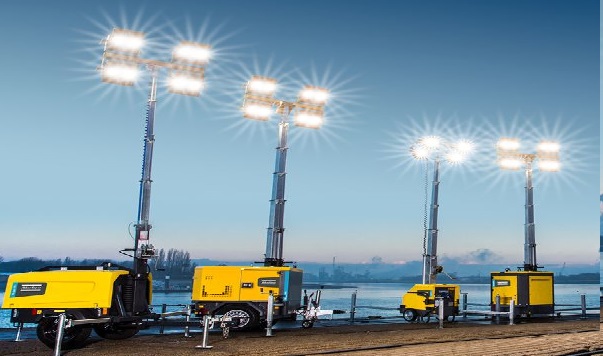
- a) It is directly sealed in the shell and forms a whole with the shell. This method is simple, practical and widely used. The sealing material should be temperature-resistant and oil-resistant rubber parts, or use epoxy resin and other adhesives to seal the transparent parts in the shell and press tightly.
- b) With or without a gasket, directly fasten the transparent part in the shell. When the gasket is not used, the flatness of the joint surface of the transparent part is required to be very high. Generally, it is suitable for small flat glass and the glass joints are ground flat at the same time, otherwise the glass is unevenly stressed and easily broken.
- c) It is sealed or glued on a frame, and the frame is fastened in the shell, so that the transparent part can be replaced as a whole. This structure is rarely used in lamps. In some large-scale equipment that requires frequent replacement of transparent parts, the transparent part and the frame are replaced as an integral part.
The sealing of the transparent part and the frame can refer to the type of a). In terms of structure, the force received by the transparent part (generated by internal explosion) should be directly transmitted to the metal shell. It is not appropriate to pass the pressure plate and or screw of the transparent part to the metal shell. At the same time, after the transparent part is installed Can not be stressed, so as to ensure the reliable combination of the transparent part and the shell.

